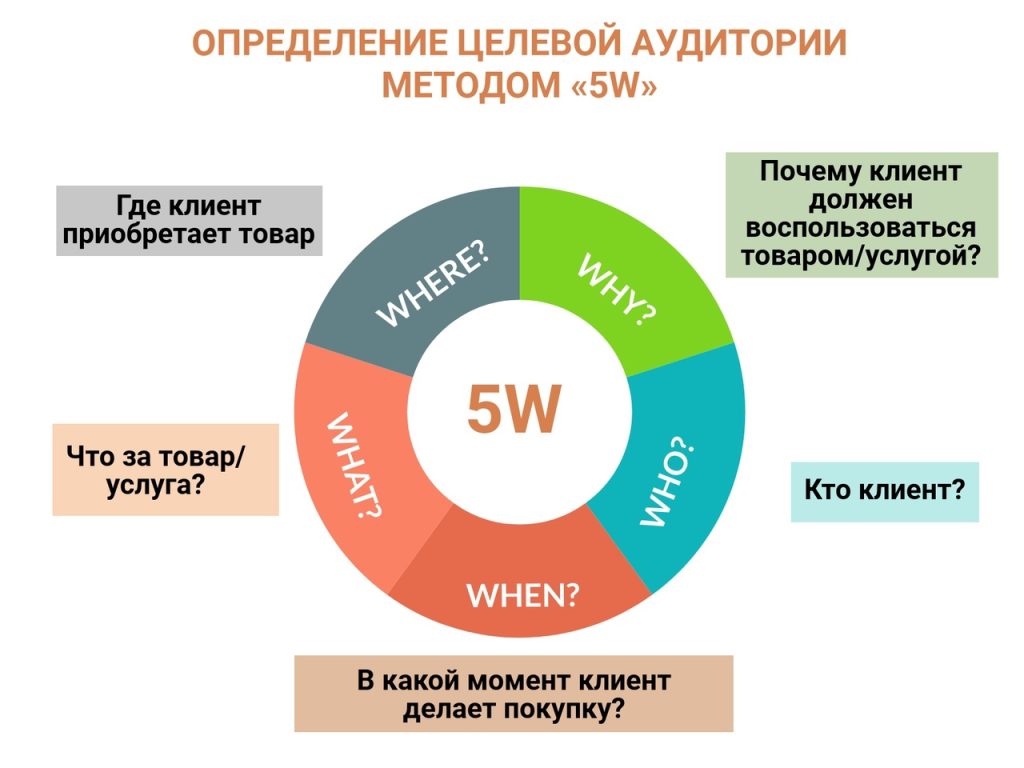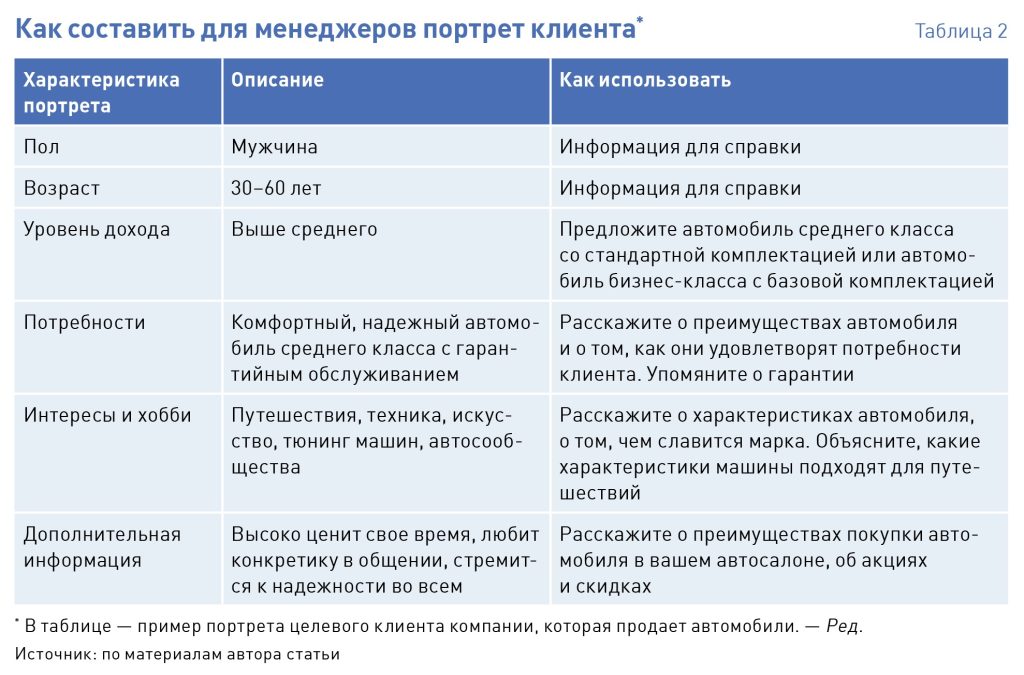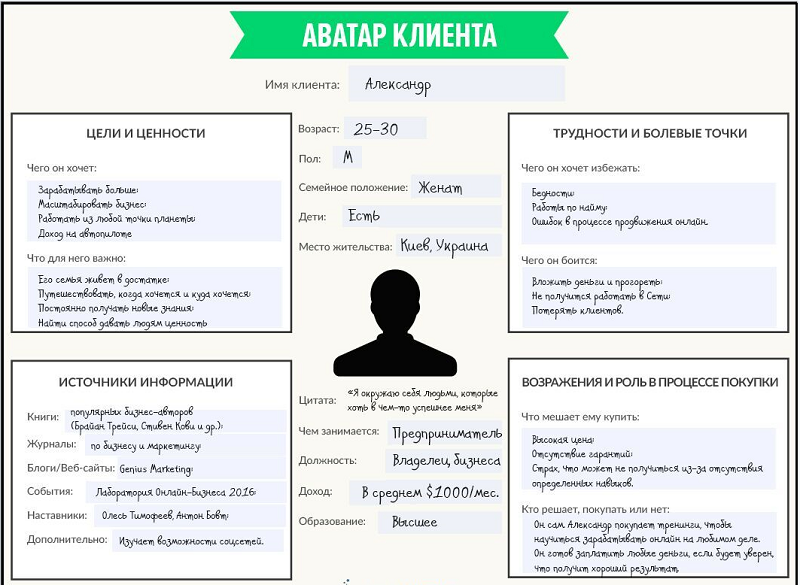What is the difference between a target audience and a customer profile?
Target audience and customer personas are two important marketing concepts that help businesses make decisions about promoting a product or service. Although they may seem similar, they have some differences.
1.1. Main characteristics of the target audience.
A target audience is the group of people a business aims to reach with its product or service. It is determined based on various factors, such as age, gender, income, education, location, interests, and behavior.
To determine the target audience, a business needs to answer a number of questions, such as:
- Who will use the product or service?
- What problems and needs do they have?
- What are the behavioral characteristics and interests of this group of people?
Based on these answers, you can formulate a target audience description. This includes characteristics that define the ideal consumer of your product or service.
For example, if a business sells sports nutrition, its target audience will be people who actively engage in sports or fitness, strive for a healthy lifestyle, and pay attention to nutrition. They may have different ages and incomes, but they share a common need for sports nutrition.
1.2. Client portrait.
A customer profile is a more detailed description of the ideal buyer for a product or service. It takes into account not only demographic and personality traits but also factors such as personality traits, values, habits, and behavior.
To create a customer profile, a business needs to study its target audience in more detail. This can be done by conducting surveys, analyzing purchase data and website behavior, and reviewing customer reviews.
For example, if a business sells skin care products, a customer profile might include the following characteristics:
- Demographic data such as age, gender, income and location.
- Personal qualities such as self-sufficiency, responsibility and a desire for a healthy lifestyle.
- Habits and interests, such as taking care of your skin, using natural products, and following beauty trends.
- Needs and concerns such as dry skin, acne problems or looking for a product that is suitable for sensitive skin.
These characteristics help businesses better understand their customers and create products or services that are ideal for them.
The difference between a target audience and a customer profile is that the former is more general and describes a group of people who might be interested in a product or service. The latter, however, is more detailed and describes a specific buyer with specific needs, habits, and values.
Both concepts are essential for developing marketing strategies and allow businesses to target a specific group of potential buyers and create a product or service that is ideal for them. Based on customer personas, a personalized marketing approach can be developed and advertising campaigns can be more effective, attracting and retaining customers.

Where to find data on your target audience
Researching your target audience is a crucial step for any company seeking to reach as many potential customers as possible with their product or service. To learn how and where to find data on your target audience, consider several key sources.
- Direct contact
Direct contact is the most reliable and fastest way to gather information about your target audience. This can include meeting with customers in person or conducting surveys by phone or email. Surveys can include questions about age, gender, interests, purchasing habits, and more. This way, you can get immediate feedback from your audience, helping you better understand their needs.
2. Open information from the Internet
There are numerous online resources that can help you find information about your target audience. For example, social media can provide you with information about user demographics, their interests, opinions, and purchasing habits. Additionally, you can find statistics published by government organizations, market research companies, and other sources online. This data can provide you with market insights and trends that will help you better understand your audience's needs.
3. Own company database
If you already have a database of customers who have purchased your products or services, you can use this information to define your target audience. You can analyze this database to determine which customers are most active, what products or services they purchase, and which marketing campaigns are most effective.
4. Competitors
You can research which potential customer groups your competitors are already serving, what marketing strategies they use, what products or services they offer, and what advantages they have over your company. This can give you insight into the gaps in your marketing strategy and help you better determine which target audience groups you need to focus on.
Additionally, keep in mind that information sources may vary depending on the type of your company and its target audience. For example, if you sell youth clothing, social media may be the most useful source of information about your customers, while for a company offering accounting services, it may be more effective to use your customer database and search for information in specialized industry resources.

Target Audience Segmentation. Sherrington's 5W Method
Segmenting your target audience is a key step in creating a successful marketing strategy. It allows you to identify different groups of potential customers and develop personalized approaches for each. One of the most popular segmentation methods is the Sherrington Method.
What is the Sherrington technique?
The Sherrington Method was developed in the 1960s and named after its creator, Professor A. Sherrington. This method is based on identifying consumer groups based on two criteria: behavioral and demographic.
How does this work?
In the segmentation process, Sherrington's technique uses the following five steps:
- Defining Segmentation Criteria: This step involves defining the criteria that will be used to segment the target audience. These criteria can be behavioral (e.g., purchase frequency, order size, etc.) or demographic (e.g., age, gender, income, etc.).
- Data Collection: This step involves collecting data about the target audience. This could include customer data, sales data, website visitor data, etc.
- Data Analysis: Once data is collected, it is analyzed using statistical methods to identify patterns and identify consumer groups.
- Segmentation: Based on data analysis, various segments are created to group consumers with similar characteristics.
- Marketing Strategy Development: Each segment requires an individual approach, so this step involves developing personalized marketing strategies for each group.
Advantages of the Sherrington method:
- Each segment is determined based on actual data, making this method more accurate and effective.
- Creating personalized marketing strategies for each group allows you to increase the effectiveness of marketing campaigns and boost sales.
- Sherrington's methodology allows us to identify not only the differences between consumer groups, but also their similarities, which can be useful in developing a more general strategy for all segments.
- This method can be used for both large companies and small businesses, as it does not require large research costs.
Disadvantages of the Sherrington method:
- Sherrington's methodology does not take into account changes in consumer behavior that may occur over time.
- When creating segments, you may miss some important characteristics that may be important to certain groups of consumers.
- Segmentation based on demographic and behavioral criteria may not be accurate enough because it does not take into account psychological and sociocultural factors that also influence consumer behavior.
The Sherrington Method is an effective target audience segmentation method that allows you to identify consumer groups based on behavioral and demographic criteria. This method allows you to identify the individual needs of each segment and create personalized marketing strategies, which increases the effectiveness of marketing campaigns and sales. Despite some shortcomings, the Sherrington Method is one of the most popular segmentation methods and can be used by both large and small businesses.
Creating a client profile
A customer persona represents a typical representative of your target audience. Based on this persona, you can determine the approaches you should take to effectively communicate your offer to customers and increase conversions.
Sociological surveys and research.
Social research is one of the most effective ways to gather data about your target audience. It allows you to identify customer characteristics such as age, gender, income, education, occupation, marital status, interests, needs, and habits. Surveys can be conducted online, by phone, or in person.
Personal observations.
Customer observation is another way to gain insight into your target audience's interests. You can monitor how customers use your products or services, how they interact with your website, how long they stay on the site, which pages they visit, and so on. This data will help you understand how to improve your product and make it more appealing to your target audience.
Consultations with professionals.
You can consult with professionals, such as psychologists or marketing specialists, to develop your customer profile. They will help you understand what motivates your target audience, how they make purchasing decisions, and what factors influence their loyalty.
Marketing research.
Marketing research can also help you develop a profile of your target audience. It allows you to identify the benefits of your product, compare it with competitors, understand which promotion channels are most effective, and what actions you need to take to attract and retain your target audience. Marketing research can include competitor analysis, customer surveys, website user behavior analysis, and more.
"Mystery shopper".
Mystery shopping is a way to test the quality of your customer service and gather feedback. This approach involves hiring a professional mystery shopper to act as a regular customer and evaluate the level of service your staff provides. This way, you can understand which aspects of your service need to be improved to meet the needs of your target audience.
After collecting data from various sources, you need to analyze and synthesize the information to create a profile of your typical target audience. Based on this profile, you can determine the actions you need to take to maximize the effectiveness of promoting your product or service.

Client avatar
A customer avatar is a created profile or image that represents a customer in a specific context. It can be a virtual or real character that reflects the customer's personality and interests and is used to describe their needs and behavior in the context of a product or service.
Creating a customer avatar is an essential tool for any company or business that seeks to understand its audience and provide products and services that best meet their needs and expectations.
For example, let's say we have a company that sells fitness equipment. To create a customer avatar, we can use information we know about our target audience, such as age, gender, interests, lifestyle, and physical activity level.
We can create a customer avatar based on this information. This could be a woman between 25 and 35 years old who enjoys fitness and is health-conscious. She works in an office and has limited time for exercise, so she's looking for equipment that will help her exercise at home.
Based on this profile, the company can develop and offer products that best suit the client. This could include compact exercise equipment for home use, as well as specialized training programs tailored to a limited amount of time.
Creating a customer avatar can help companies better understand their customers and offer products and services that best meet their needs. It can also help determine the effectiveness of marketing campaigns and facilitate the product and service development process.

Conclusion
To successfully promote your business, it's important to understand your target audience. When choosing sources of audience information, consider the specifics of your business to ensure the information you receive is as accurate and useful as possible. Direct contact, publicly available online information, your own company database, and competitor analysis—all these sources can provide valuable insights into your customers and help you determine the most effective marketing strategies for your business.







